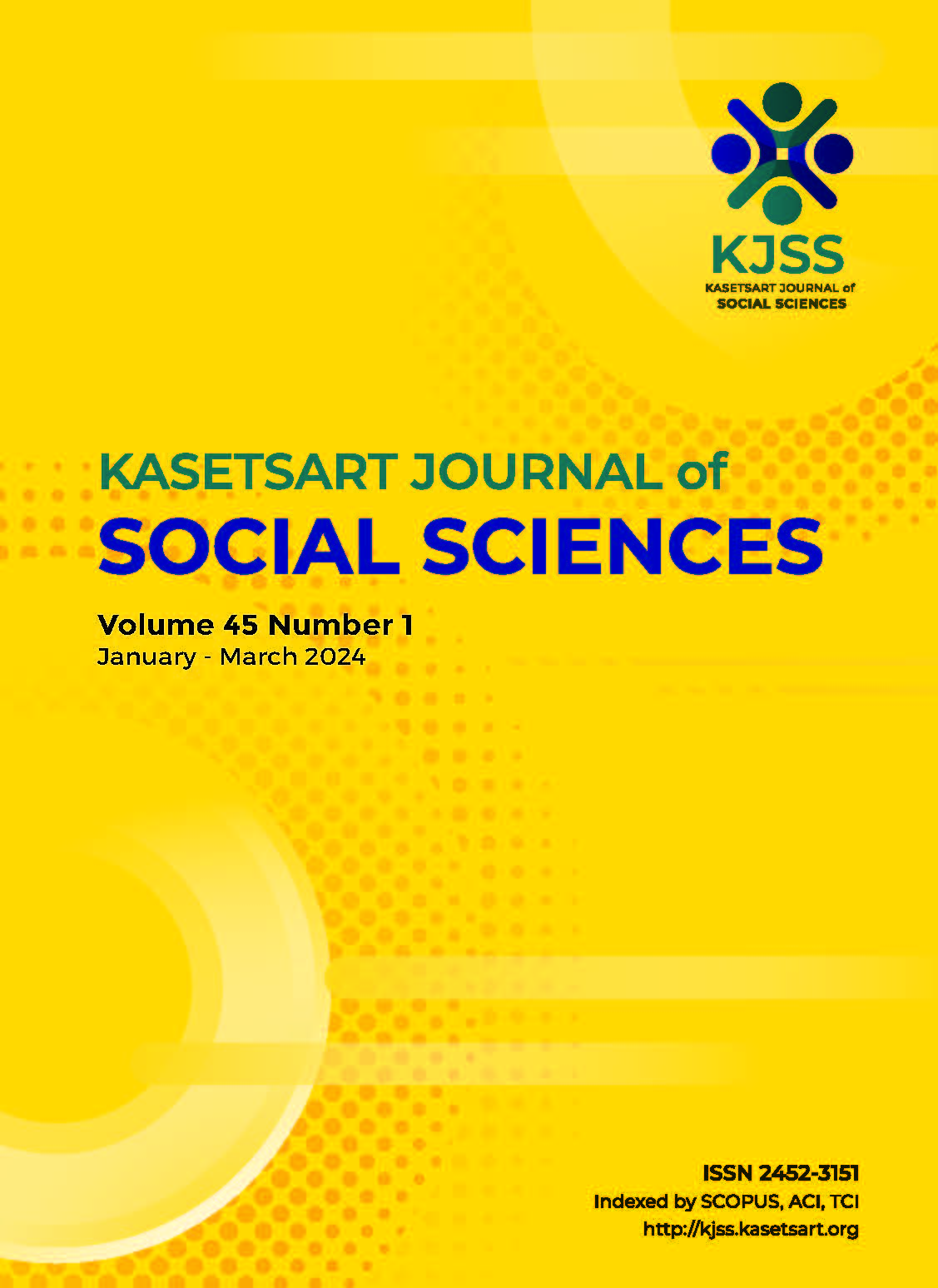Investigating informal transport travelers’ heterogeneity: A case study of Silor in Bangkok, Thailand
Keywords:
discriminant analysis, heterogeneity, informal transport, service quality, two-step clusteringAbstract
The development of Silor as an informal transport mode in Bangkok responds to the urbanization and rising mobility demand in the city. It functions as the main mode and feeder service, particularly in areas with insufficient or lacking public transport services, making Silor a primary choice for travelers in various regions. This study identifies significant predictors for Silor usage and crossanalyze demographic, trip profiles, and attitudes among the user and non-user segments. Questionnaire interviews on travel behavior and service quality perceptions were conducted on current users and non-users of five Silor routes covering ten districts in Bangkok. Discriminant analysis and the two-step clustering method portrayed heterogeneity in travel behavior and attitudes. Attitudinal variables were factor analyzed and revealed the latent constructs of Silor usage. Results illustrated four distinct user subgroups showing heterogeneous profiles and expectations. Silor users tend to be female, traveling alone, and need a transfer. In contrast, the above-average per capita income, with car availability and long-distance travelers, are more likely to be the nonusers. Transfer, route coverage, and crowdedness rank among the top non-use reasons. Study findings and practical implications on Silor usages and preferences contribute to social perception knowledge and better guide informal transportation activities towards sustainable development in the society.
Downloads
Published
How to Cite
Issue
Section
License

This work is licensed under a Creative Commons Attribution-NonCommercial-NoDerivatives 4.0 International License.
This is an open access article under the CC BY-NC-ND license http://creativecommons.org/licenses/by-nc-nd/4.0/










